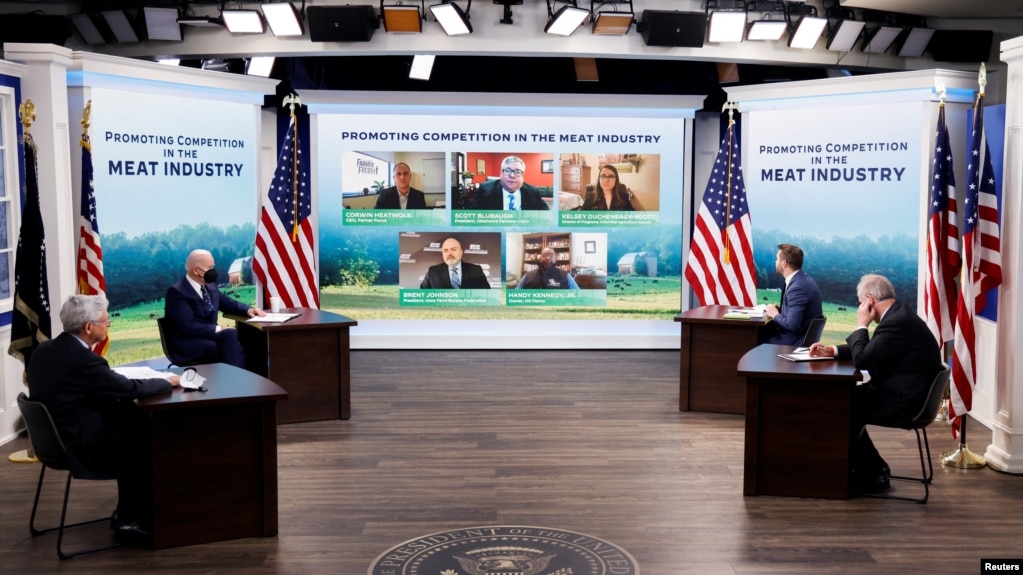Climate change will bring more hurricanes to New York, other midlatitude cities, study finds
A new study projects that more hurricanes will be coming to midlatitude regions, which include major population centers such as New York, Boston and Shanghai, because of climate change.
The study, published last week in the peer-reviewed British journal Nature Geoscience, finds that tropical cyclones — which are also known as hurricanes or typhoons — will expand from the tropical regions in which they are currently common. Due to global warming, the conditions that create hurricanes will become prevalent farther north in the northern hemisphere and farther south in the southern hemisphere.
Most of the world’s major cities are located in midlatitude regions, meaning that the more widespread hurricanes will have the ability to cause far more damage.
In a press release from Yale University, the article’s lead author, Joshua Studholme, a physicist in Yale’s Department of Earth and Planetary Sciences, noted that hurricanes in the 21st century will appear in a wider range of latitudes than they have for the last 3 million years. “This represents an important, under-estimated risk of climate change,” he said.
The reason for the shift in hurricane latitudes has to do with the global wind pattern known as the Hadley cell, a circulation in which air flows poleward at a height of about 6 to 9 miles but returns toward the equator as it descends toward ground level. One effect of climate change is a decrease in the difference between surface temperatures near or far from the equator. Warming occurs more rapidly at higher latitudes because of feedback loops such as melting sea ice, loss of snow cover, and thawing permafrost, causing even more warming. However, air at higher altitudes actually warms faster in the tropics. Those changes mean the jet stream — which normally prevents hurricanes from flowing farther north in the northern hemisphere — is moving northward, allowing hurricanes to reach higher latitudes.
“Global warming causes the [Hadley] circulation to expand, and with it the jet streams move poleward,” study co-author Kerry Emanuel, a professor of atmospheric science at the Massachusetts Institute of Technology, told Yahoo News.
Areas in the increasingly at-risk regions have already begun to see some hurricanes make landfall. In 2020, Subtropical Storm Alpha made landfall in Portugal, the first time a subtropical or tropical cyclone had ever hit the Western European nation.
Studholme and colleagues from Yale, MIT, the Shirshov Institute of Oceanology in Russia and the University of Reading in England analyzed mathematical simulations of warmer climates from the Earth’s past and showed that tropical cyclones likely formed in the subtropics. That hasn’t been the case for the last 3 million years but probably will be again in the near future if temperatures continue warming. In addition to the wind damage and heavy rains from hurricanes, the risk of flooding from storm surges will be elevated as sea levels rise due to climate change.
“Some of the most populous seaside cities in the world — think New York, Tokyo, Shanghai and so forth — are not deep in the tropics,” Emanuel noted. “They’re a little bit further away. They always have had hurricanes, but very rarely. If they start getting more hurricanes, and if they’re stronger, and if they’re pushing water on top of an already elevated sea level, that’s going to be trouble for them.”
Average global temperatures have risen 1.2 degrees Celsius (2.2 Fahrenheit) in the last 150 years, which is faster than at any other time in recorded history. According to the Intergovernmental Panel on Climate Change, the extent to which the Earth warms further in the next 80 years could vary by several degrees, depending on how much greenhouse gases that cause warming are emitted.
“The control over this is the temperature gradient between the tropics and the poles, and that’s very tightly linked to overall climate change,” Studholme told BBC News. “By end of this century, the difference in that gradient between a high emission scenario and a low emission scenario is dramatic. That can be very significant in terms of how these hurricanes play out.”
Study: Climate change is making typhoons more dangerous for Asia, and their ‘destructive power’ will double by the end of the century
The “destructive power” of tropical storms in the Pacific Ocean, known locally as typhoons, could double by the end of the century, according to a new study.
The average typhoon could last around five hours longer, with average wind speed at landfall increased by 6 percent, and it would travel 50 percent further inland, according to the projections of researchers from the Chinese University of Hong Kong and the Guangdong-Hong Kong-Macau Greater Bay Area Weather Research Centre for Monitoring Warning and Forecasting in Shenzhen.
These changes would collectively make typhoons twice as damaging — and they already are well underway. Between 1979 and 2016, typhoons increased in duration by two to nine hours and penetrated 30 to 190 kilometers farther inland, the researchers found. The study was published in the journal Frontiers in Earth Science. Its findings are based on a scenario in which average global temperatures reach 3.7 degrees Celsius higher than pre-industrial levels by 2100, which is a likely outcome if greenhouse gas emissions remain high, according to the Intergovernmental Panel on Climate Change. So far, temperatures have risen by 1.2 degrees Celsius from that baseline.
The effects of these stronger storms are visible in recent Asian cyclones such as Typhoon Rai, which hit the Philippines on Dec. 16. On Monday, the Philippine government raised the number of confirmed deaths from Rai to 388. There are an additional 60 people still missing and an estimated 500,000 left homeless after winds or flooding damaged or destroyed 482,000 houses.
Previous studies have found that higher average global temperatures, due to emissions of greenhouse gasses, are causing more intense storms, because warmer weather causes more evaporation. Other studies have concluded that storms from warmer seawater temperatures ramp up quicker.
“More Asian inland regions may be exposed to further severe typhoon-related hazards in the future as a result of climate change,” the lead author of the study, Francis Tam Chi-yung, a professor of Earth System Science at Chinese University of Hong Kong, told the South China Morning Post. The most affected areas will include major cities such as Hong Kong and Vietnam’s capital, Hanoi.
Hong Kong was hit by super-typhoons in 2017 and 2018, causing widespread damage from flooding and the impact of heavy wind, such as trees being toppled.






